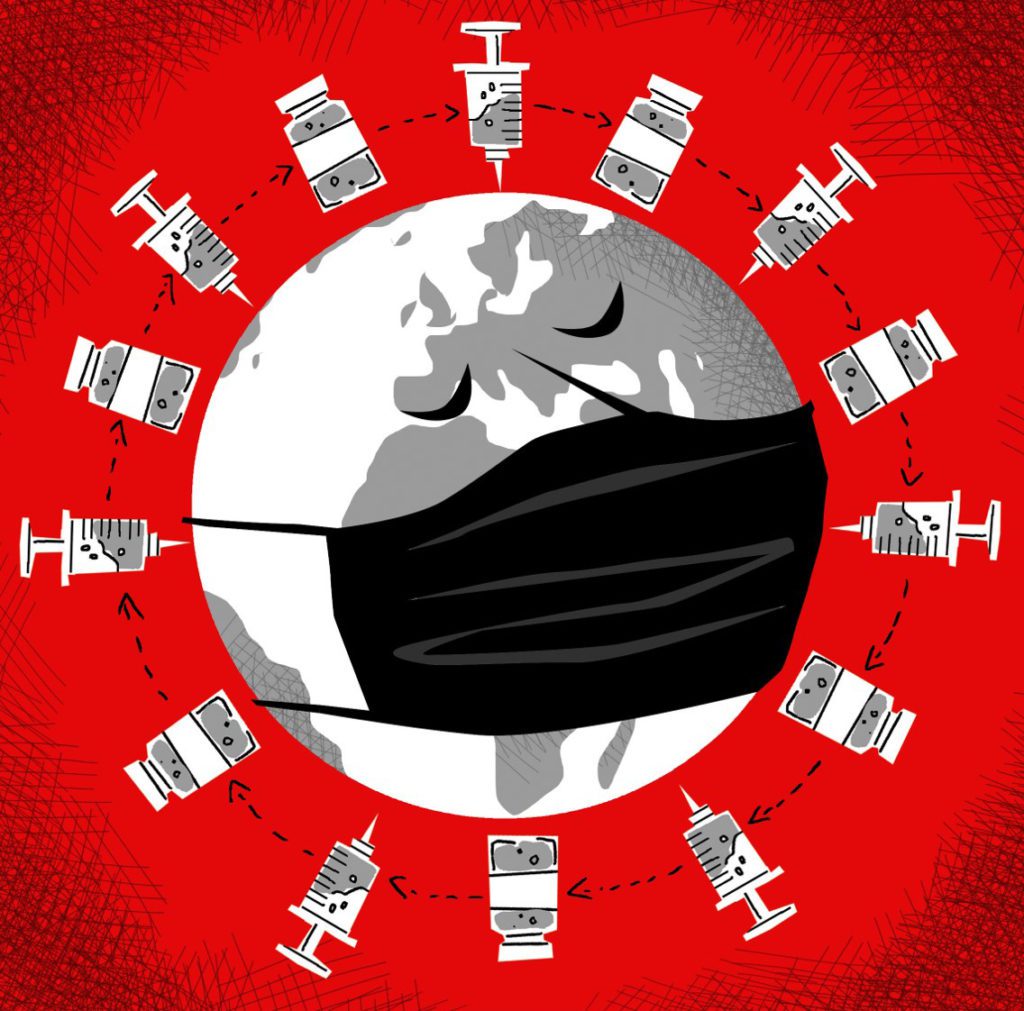HEALTHCARE
How is the Australian Healthcare Sector Positioned To Weather the COVID-19 Storm?

WORDS: Mr. Kunal Sawhney CEO, Kalkine PHOTOGRAPHY Supplied
The healthcare sector has continued to remain in focus since the advent of the Global Virus crisis. From the race to vaccine manufacturing and approval to the successful vaccine rollout programs, the healthcare sector has been under the spotlight. Besides, the pandemic has spurred the demand for immunity boosting supplements, lifesaving drugs and other pharmaceutical products.
The social distancing restrictions imposed in the wake of the pandemic renewed interest in telemedicine space, which acted as the safest interactive system between patients, both uninfected and infected, and clinicians. Furthermore, the government’s recent decision to extend the provision of telehealth services until the end of this year has strengthened the importance of telemedicine in keeping coronavirus cases under control.
New variants posing a risk?
No doubt, Australia and other developed nations have largely contained the COVID-19 spread via border controls, snap lockdowns, speedy contact-tracing systems and an effective healthcare set-up. Besides, public-private agreements and federal-state collaboration enabled Australia to cope with any capacity constraints in the provision of healthcare services.
However, the new and fatal waves of coronavirus pandemic sweeping over some parts of the world like India, have again turned attention towards healthcare space, which needs to gear up in advance to deal with such contagious variants. The most recent coronavirus outbreak and the lockdown extension in Victoria reinforces this view, which has put the federal government under pressure amid a sluggish vaccination rollout.
How can Australia evade potential difficulties?
Looking at Australia particularly, the slow rollout and vaccine hesitancy need to be dealt with if the nation intends to win a permanent battle over the COVID-19 pandemic.
To cope with vaccine hesitancy, the country can offer different incentives to people, like discounts, merchandise, and cash lotteries, to ensure as many individuals as possible can get vaccinated against the virus. Recently, Chief Medical Officer Paul Kelly also suggested the use of financial incentives to boost vaccine uptake in Australia.
At the same time, stepping up the vaccine rollout process is the need of the hour, which can stimulate the reopening of international borders and rebound the economy. Working as a double-edged sword, the reopening of borders could provide the much-needed motivation for Aussies to get vaccinated, coping with vaccine hesitancy.
Having said that, other incentives such as the possibility of ‘vaccine passport’ needs to be closely evaluated that may unlock quarantine-free foreign travel for vaccinated Australians. The Australian government has already begun talks with international airlines with regard to digital vaccine passports.
What do healthcare enthusiasts need to know?
The current scenario seems to be building an upbeat case for the healthcare sector, providing investors with some fundamental reasons to take exposure to healthcare stocks.
However, one need not neglect the occasional corrections in the ASX healthcare index as investors turn to cyclicals amid growth prospects. The ongoing situation demands tactical portfolio allocation to the healthcare space. Investors should allocate their funds based on risk profile and asset allocation after a comprehensive analysis, bearing in mind the likelihood of short-term volatility in the healthcare sector.
Author Bio:
Kunal Sawhney is the founder and CEO of Kalkine. An accomplished financial professional, he has extensive expertise in equity markets and adopts quantitative and qualitative stock selection practices.









